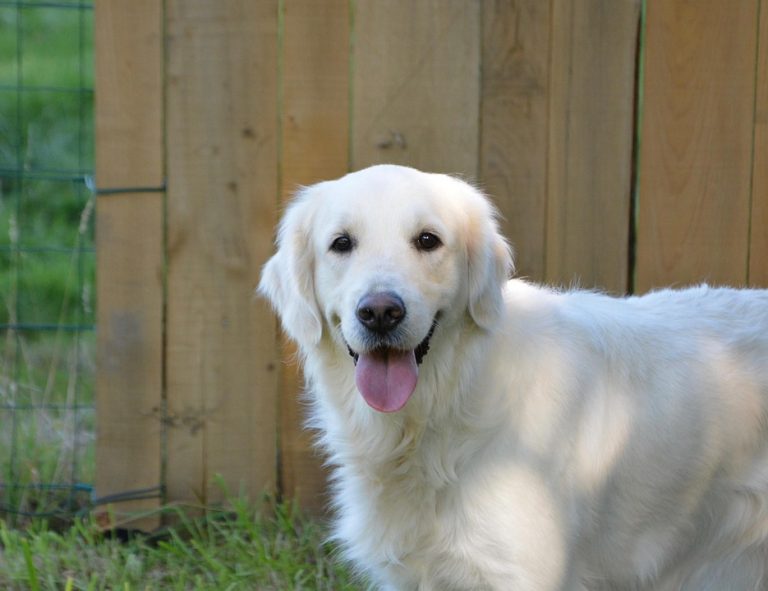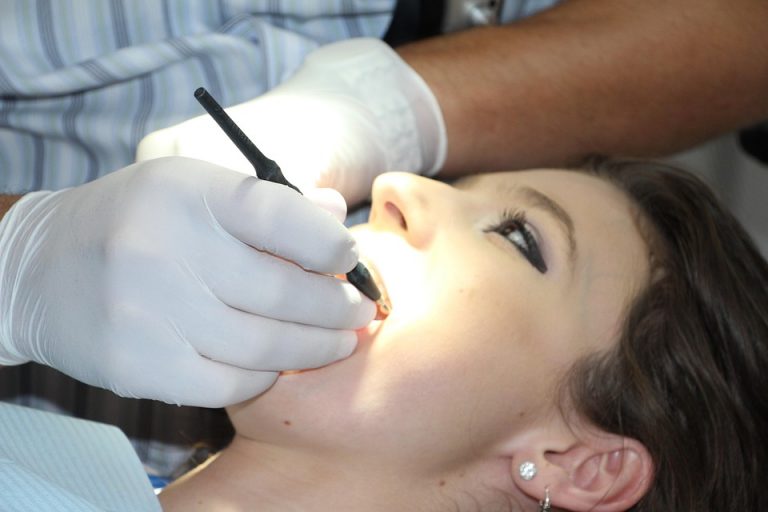Pet grooming tools are the handful of simple devices that keep your dog or cat healthy, comfortable, and looking like the cherished pet they are. They include brushes, clippers, nail trimmers and more — each chosen for your animal’s coat, skin and temperament. If you care about your pet’s health, save money on avoidable vet visits, and want calm, easy grooming sessions, these tools matter more than you think.
7 Essential Pet Grooming Tools Every Owner Needs
Bold, honest talk: grooming is not vanity. It’s prevention. Matted fur hides skin infections. Overgrown nails change posture and cause pain. Untended ears invite infection. With the right pet grooming tools, you can catch trouble early and make your pet happier. Below are the seven tools every owner should own, why they work, and how to use them without drama.
Brushes For Your Pet’s Coat
A good brush is the backbone of home grooming. Different coats need different brushes: slicker brushes for tangles, bristle brushes for short coats, and undercoat rakes for heavy shedders.
- Benefits: removes loose hair, prevents matting, distributes natural oils, and reduces shedding around the house.
- Look for: comfortable handle, durable bristles, and a size suited to your pet.
- Quick tip: brush in the direction of hair growth and stop when your pet relaxes. Grooming should feel like praise, not punishment.
Veterinarians at the American Veterinary Medical Association note that regular brushing improves skin health and reduces hairball risk in cats, which makes brushing a clinical, not cosmetic, act.
Quality Clippers And Trimming Tools
If your pet needs regular trims, a reliable clipper is non-negotiable. Cheap clippers stall, pull, and make treacherous noise.
- Benefits: maintains coat length, reduces matting, and keeps hygiene areas neat.
- Look for: low-noise motor, multiple blade sizes, and battery life that actually lasts.
- Practical pointer: always test clippers on a small area. Use a quieter setting and reward your companion for calm behavior.
Professional groomers recommend keeping blades clean and oiled to prevent heat and friction that can burn skin. When in doubt, ask your veterinarian or a local groomer for the blade size appropriate to your breed.
Nail Trimmers That Don’t Make You Nervous
Overgrown nails cause limping, torn nails, and painful paw infections. Regular trimming prevents injury and keeps walks enjoyable.
- Tools: guillotine trimmers for small pets, scissor trimmers for larger nails, and a rotary grinder for smoothing.
- Safety tip: avoid the quick. If you cut the quick, use styptic powder and stay calm — your pet feels your energy.
- Routine: trim every 2–4 weeks, depending on activity and surface your pet walks on.
Animal behaviorists say building a calm trimming routine — touch paws daily and reward — reduces fear and makes nail care quick and safe.
Dematting Tools And Combs For Tangled Fur
Mats are painful. They trap moisture, irritate skin, and hide parasites. A dematting tool and comb are your best defense.
- Why they matter: mats can lead to skin infections and restricted movement.
- How to use: gently tease mats apart with a mat splitter or rake. Never cut mats at the skin; a clippers-first approach is safer.
- Preventive habit: weekly checks, especially behind ears, under armpits, and around collars.
Groomers advise starting dematting early for long-haired breeds, so the coat stays manageable and the pet learns grooming is routine.
Ear Cleaning Supplies For Preventing Infection
Ears deserve attention. Dirty ears are smelly and painful and can spiral into chronic infection.
- Essentials: veterinarian-recommended ear cleaner, cotton rounds, and patience.
- How to clean: apply cleaner, massage the base of the ear, let your pet shake, then wipe away debris.
- Red flag: dark discharge, bad odor, or swelling means a vet visit, not home cleaning.
Research from veterinary centers shows consistent ear care reduces recurring infections, especially in floppy-eared breeds.
Toothbrushes And Dental Tools For Fresh Breath
Dental health affects the whole body. Plaque and tartar can lead to painful infections and systemic disease.
- Basics: pet-specific toothpaste, soft brush or finger brush, and dental chews for maintenance.
- Benefits: reduces bad breath, lowers infection risk, and helps prevent tooth loss.
- Habits: start slow. Brush a little every day rather than forcing a full session once a week.
The American Veterinary Dental College supports daily brushing as the gold standard for oral health in pets.
Grooming Table Or Non-Slip Mat For Safety
Grooming is easier when your pet is secure. A grooming table or a sturdy non-slip mat gives you control and keeps your pet calm.
- Why you need it: prevents slipping, reduces stress, and creates a defined grooming space.
- Look for: adjustable height or portable options if space is limited.
- Comfort cue: soft towels or a familiar blanket make strangers — scissors and clippers — less scary.
Simple environment changes like a stable surface and soft treats change the whole experience. Your pet learns to trust the routine.
How To Choose The Right Tools For Your Pet
Coat type, age, health and temperament determine the tools you need. Short-haired dogs need a different kit than a long-coated spaniel. Senior pets often require gentler tools and slower sessions.
- For short coats: bristle brush, shedding blade, nail trimmers.
- For double coats: undercoat rake, slicker brush, deshedding tool.
- For long or curly coats: slicker brush, detangling spray, dematting tool.
Consult your veterinarian for breed-specific guidance. Many university veterinary programs offer breed care guides that are practical and science-backed.
Safety First: How To Groom Without Causing Harm
Grooming is more than tools. It’s timing, technique, and compassion.
- Keep sessions short and positive. Five minutes of calm beats 30 minutes of struggle.
- Use treats and praise. Conditioning makes future sessions easier.
- Watch skin. Redness, flakes, or bumps warrant a pause and a vet check.
- Never use human products on pets. Dog and cat skin pH differs, and some ingredients are toxic.
Experts in veterinary medicine stress that proper technique reduces injuries and keeps grooming a stress-free ritual for both of you.
Where To Buy Tools And What To Spend
You don’t need to break the bank. Mid-priced tools often beat the cheap alternatives. Spend more on clippers and brushes that touch skin. You can find veterinarian-recommended brands at pet hospitals, specialty stores, and trusted online retailers.
- Invest in a quality clipper and a reliable brush.
- Replace blades and brushes on a schedule — dull blades pull, and worn bristles stop working.
- Local groomers can show you a tool in action. Watching a pro shortens the learning curve.
Real People, Real Results
I’ve seen nervous owners transform into confident groomers in weeks. They start with a brush, then add a clipper, then a calm nail trim. The common thread: patience and the right gear. Pets respond to steady hands and consistent care. You’ll know you’re doing it right when your pet leans into the brush.
Quick Troubleshooting Tips
- If your pet hates the sound of clippers, start by turning them on at a distance and rewarding silence.
- For stubborn mats, apply a detangler and work in small sections.
- If nails bleed, use styptic powder and give extra treats afterward to keep trust.
- If you find fleas or unusual lumps, stop grooming and call your vet.
Training Your Pet To Love Grooming
Start young, or start slow. Pet training methods from positive reinforcement work best. Pair each grooming step with praise and a treat. Keep sessions upbeat. Over time, grooming becomes a bonding ritual, not a battle.
How Regular Grooming Saves Money
Preventive grooming reduces vet bills. Brushing prevents mats that require shaving or even sedation. Nail trims avoid torn nails that need veterinary repair. Ear cleaning prevents chronic infections. When you invest a little time and the right pet grooming tools, you save money and spare your pet pain.
Common Mistakes To Avoid
- Using dull blades or dull scissors.
- Rushing through ear or dental care.
- Ignoring behavior signs like flinching or hiding.
- Applying human products to animal skin.
Correct these and you’ll protect your pet’s health and your relationship.
Why This Kit Works
This seven-item kit covers the essentials: coat care, skin health, nail maintenance, ear cleaning, dental hygiene, dematting, and secure grooming setup. It’s efficient, practical, and designed to make grooming accessible for busy owners. Use it consistently and you’ll notice softer fur, fewer vet trips, and a calmer pet.
Bottom Line
Grooming is love given by hand. The right pet grooming tools make that love effective and kind. Own a basic kit: a good brush, reliable clippers, safe nail trimmers, dematting tools, ear cleaner, dental tools, and a steady grooming surface. Use them regularly, learn the gentle technique, and you’ll protect your pet’s health and enjoy more peaceful, pleasant grooming sessions.
You can do this. Start small. Build a routine. Reward generously. Your pet will thank you with calmer walks, brighter eyes, and a softer coat.
FAQ
How Often Should I Use Pet Grooming Tools On My Pet?
It depends on coat type. Most dogs benefit from brushing 2–3 times a week. Long-haired breeds often need daily attention. Nails usually need trimming every 2–4 weeks. Consistent, short sessions win over infrequent long ones.
Can I Use Human Clippers On My Pet?
No. Human clippers heat up faster and are not designed for pet coats. They pull and can harm skin. Invest in pet-specific clippers with quiet motors and proper blades.
What If My Pet Hates Grooming?
Go slower. Break grooming into tiny steps. Reward progress. Try short sessions and build trust. If anxiety persists, consult a behaviorist or your veterinarian for strategies and possible sedation for medical grooming.
Are Professional Groomers Necessary?
Not always. You can do routine maintenance at home. But professionals handle breed-specific trims, severe matting, and complex care. Use professionals when tools or skills exceed your comfort level.
What Are The Most Important Tools To Buy First?
Start with a quality brush, nail trimmers, and a reliable pair of clippers. Add dematting tools and dental supplies as your routine grows.
— — —
References
American Veterinary Medical Association provides pet health resources and grooming guidance (http://www.avma.org/resources-tools/pet-owners).
Centers for Disease Control and Prevention offers information on pet-related diseases and healthy pet practices (http://www.cdc.gov/healthypets).
American Society for the Prevention of Cruelty to Animals offers practical pet care tips including grooming and dental health (http://www.aspca.org/pet-care).
American Veterinary Dental College recommends daily brushing and dental care strategies for pets (http://www.avdc.org).








